How do you make the view from a mountaintop even better? Put a fire tower on top!
For the record, I generally disagree with building structures of any kind on a mountain. But the fire towers in the Adirondack Fire Tower Challenge have been there for a long time — the original versions were all erected more than 100 years ago — so I’m willing to give them a pass. That makes the skeletal-looking towers historic, which is cool, and it also makes for some pretty outstanding 360-degree views.
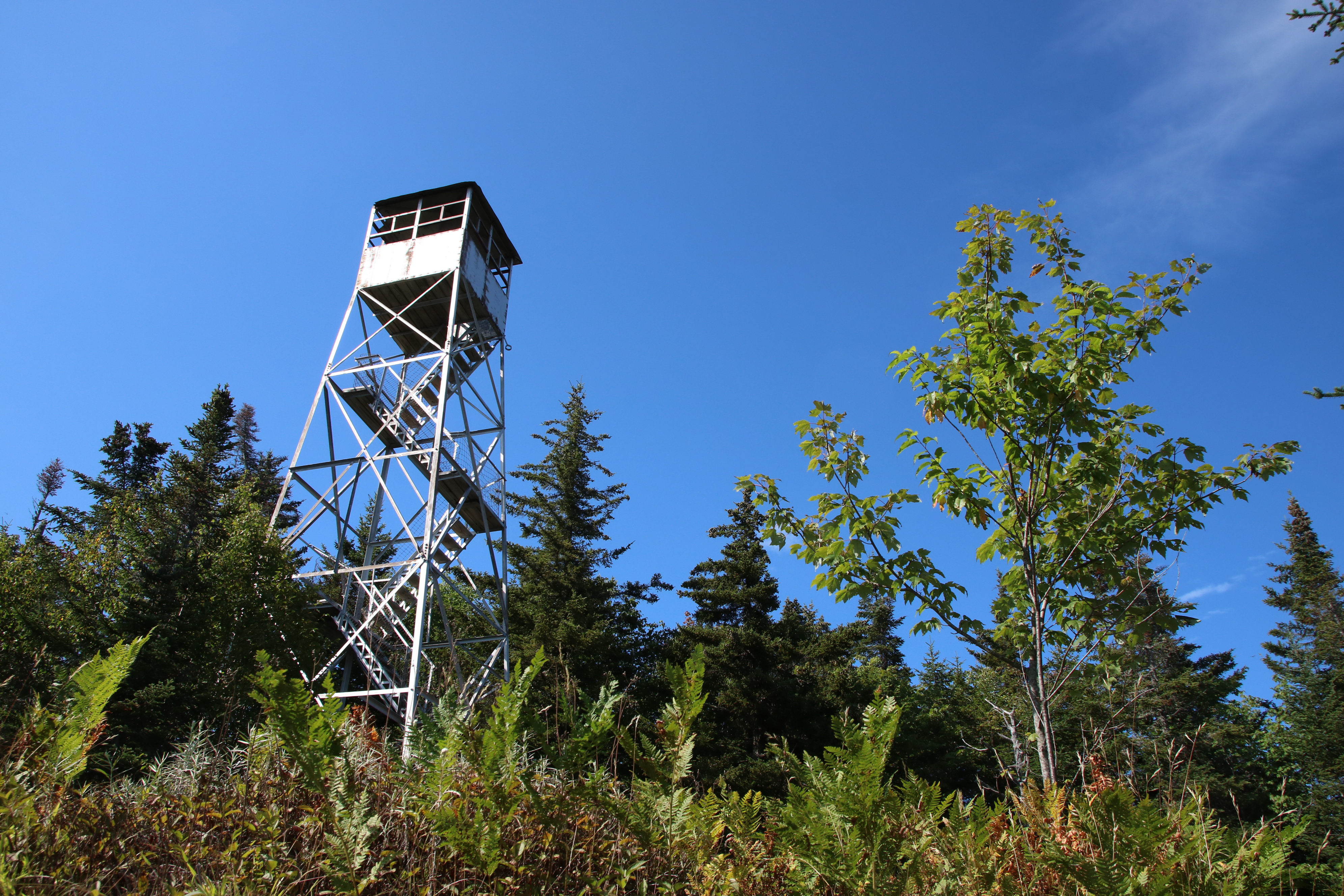
A challenging challenge indeed
The Adirondack Fire Tower Challenge consists of five fire tower hikes in the heart of the Adirondacks. There’s one on Blue Mountain, Owls Head Mountain, Pillsbury Mountain, Snowy Mountain, and Wakely Mountain. All of the hikes involve more than 1,000 feet of elevation gain, making them moderate to difficult and not the best choice for first-time hikers. That said, this is a challenge, so if a challenge is what you’re looking for, give one of these mountains a shot.

I’m new to the Adirondack Fire Tower Challenge, so I decided to start with Owl’s Head Mountain because it’s close to the town of Long Lake, about 3 miles to the top, and it has a vertical climb of 1,114 feet, putting it at the low end of the other peaks on this list. By comparison, the path up Snowy ascends 2,132 feet, which is a greater elevation gain than a couple of the High Peaks.
To the summit!
Upon leaving the parking area, the well-marked trail wasted no time in going uphill, but don’t fret — it soon mellowed out, giving way to a couple miles of easy terrain through a spectacular forest that’s mostly hardwood trees with some large hemlocks mixed in. I made good time to the three-way junction that’s a mile into the hike. Be sure to turn left here, as straight goes almost 4 miles to Lake Eaton Campsite.
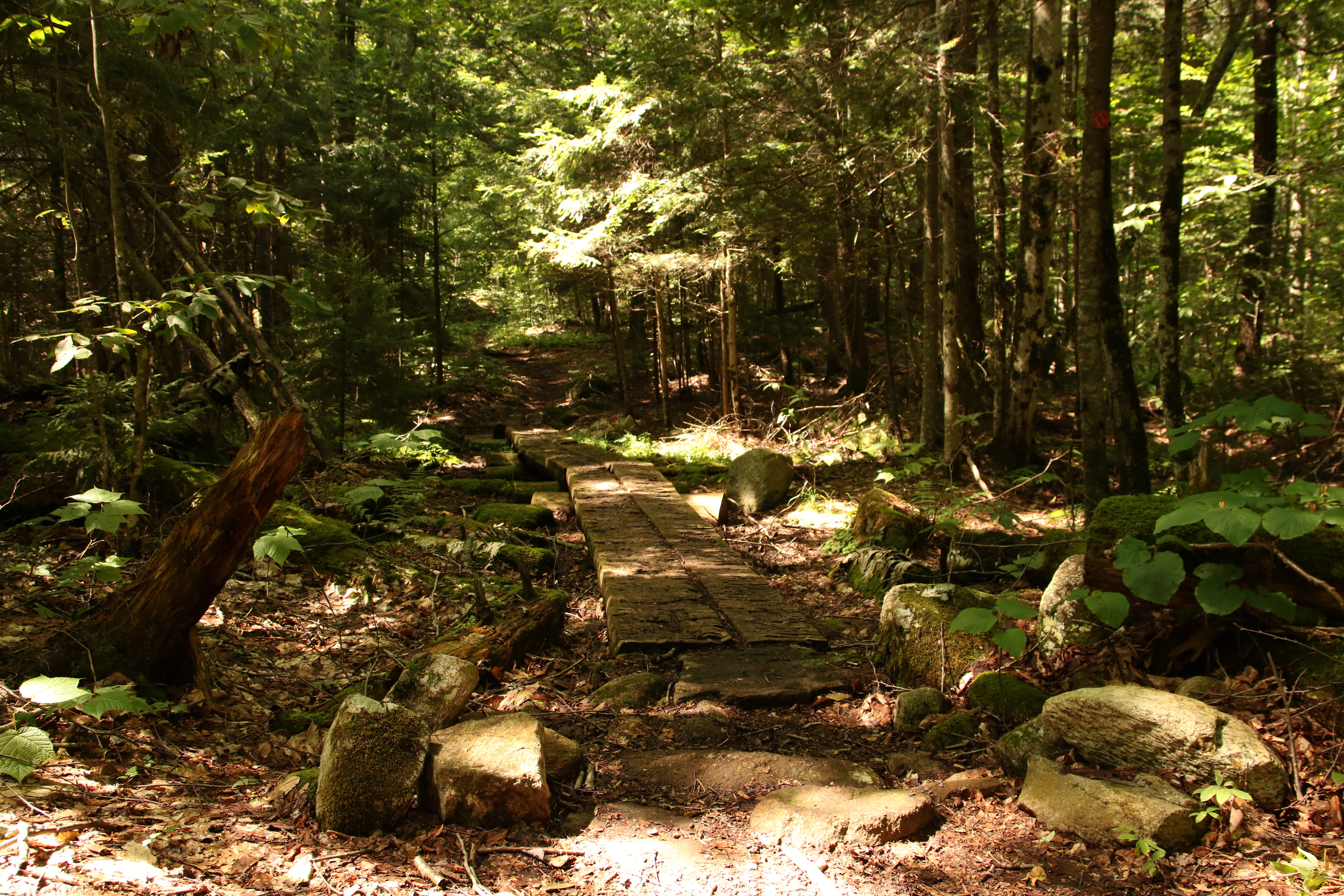
After the turn, the trail stayed easy for another mile or so before swinging left and beginning the steady climb to the nondescript first summit. I only knew I had passed over this little hump because the trail dipped into a col between the mini-summit and the true summit. Just before the final ascent there was a beautiful stand of birch trees surrounding the remains of the fire observer’s cabin. This is where people on fire lookout would stay — it’s near the summit, so the tower is easily accessible.
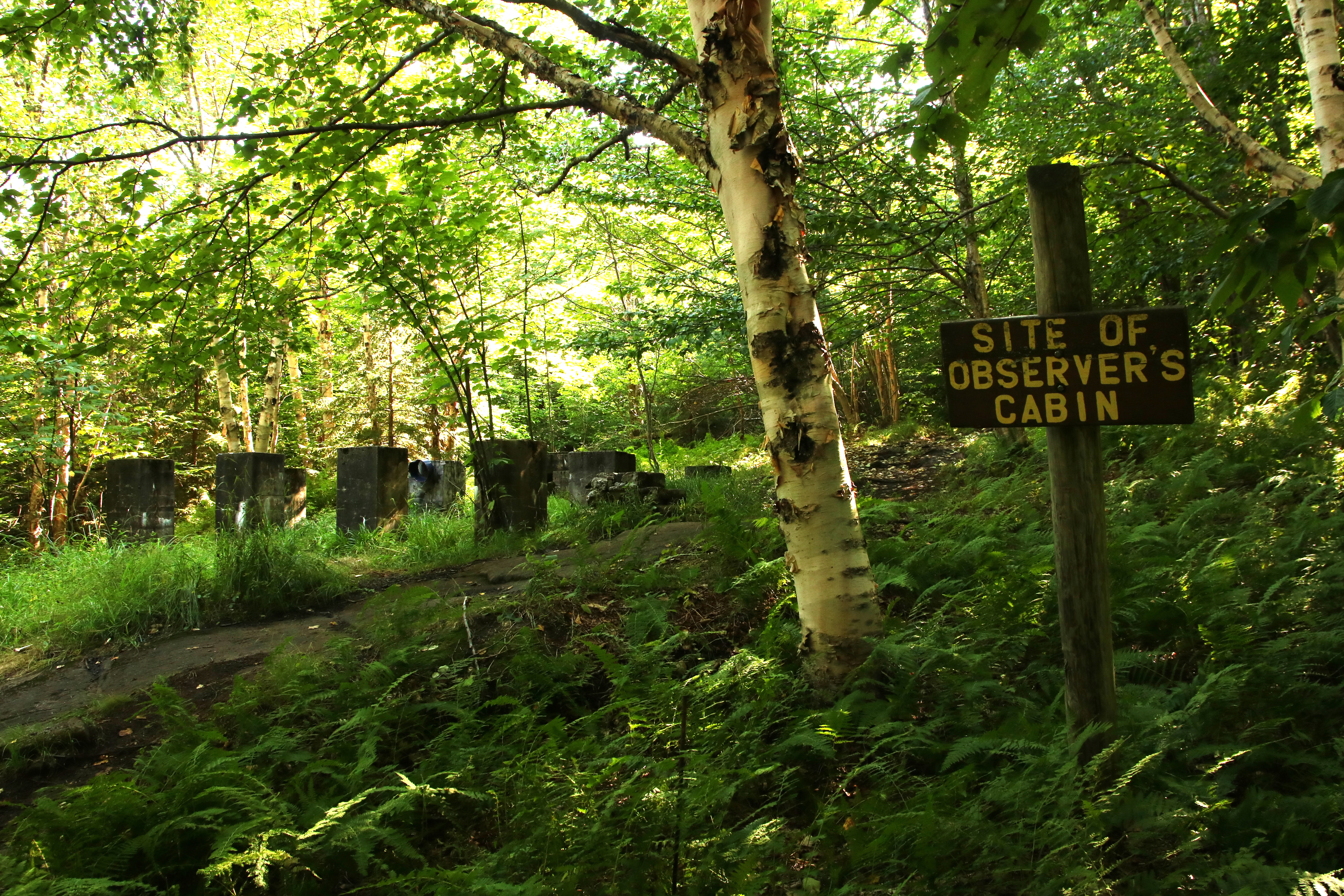
After the clearing, the trail immediately began its final, steep climb to the top of Owl’s Head, quickly making up any elevation lost after the first summit and then some. After a brief, level stretch, the tower came into view, and just beyond it were some nice ledges where I relaxed and enjoyed my lunch. The steel tower was short compared to other towers I’ve seen in the Adirondacks. It’s only 35 feet tall (some are 60 feet) but it still provides an outstanding panorama that includes a sea of mountains and some of the High Peaks to the north.
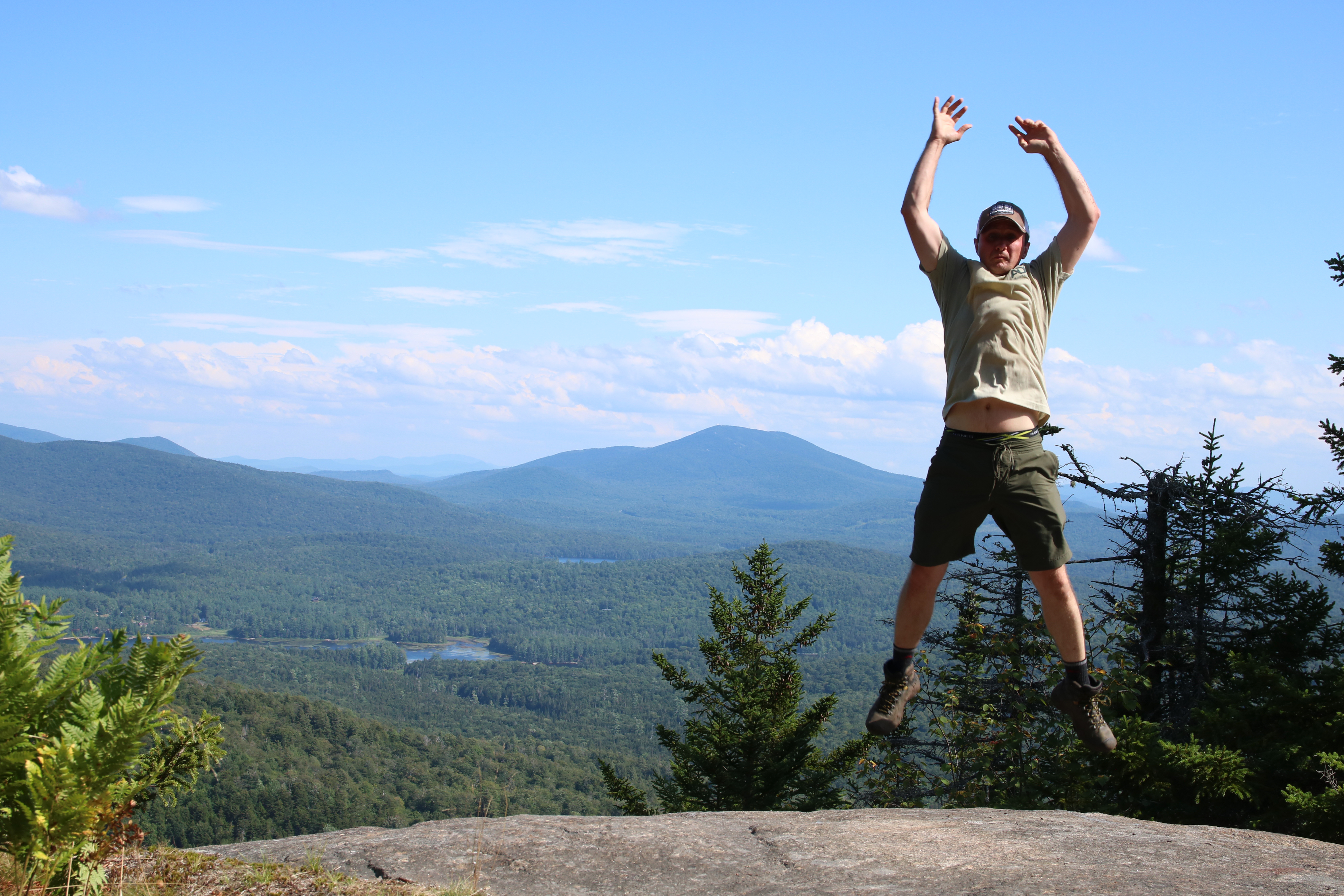
Owl's Head Mountain stats
Distance: 3.1 miles to the summit
Elevation gain: 1,114 feet
Elevation: 2,182 feet
Trailhead: From downtown Long Lake, take Route 30 north heading toward Tupper Lake for about a mile and turn left on Endion Road — you'll see a brown DEC sign for Owl's Head Mountain on the corner. The parking area and trailhead are on the right a little way down the road.
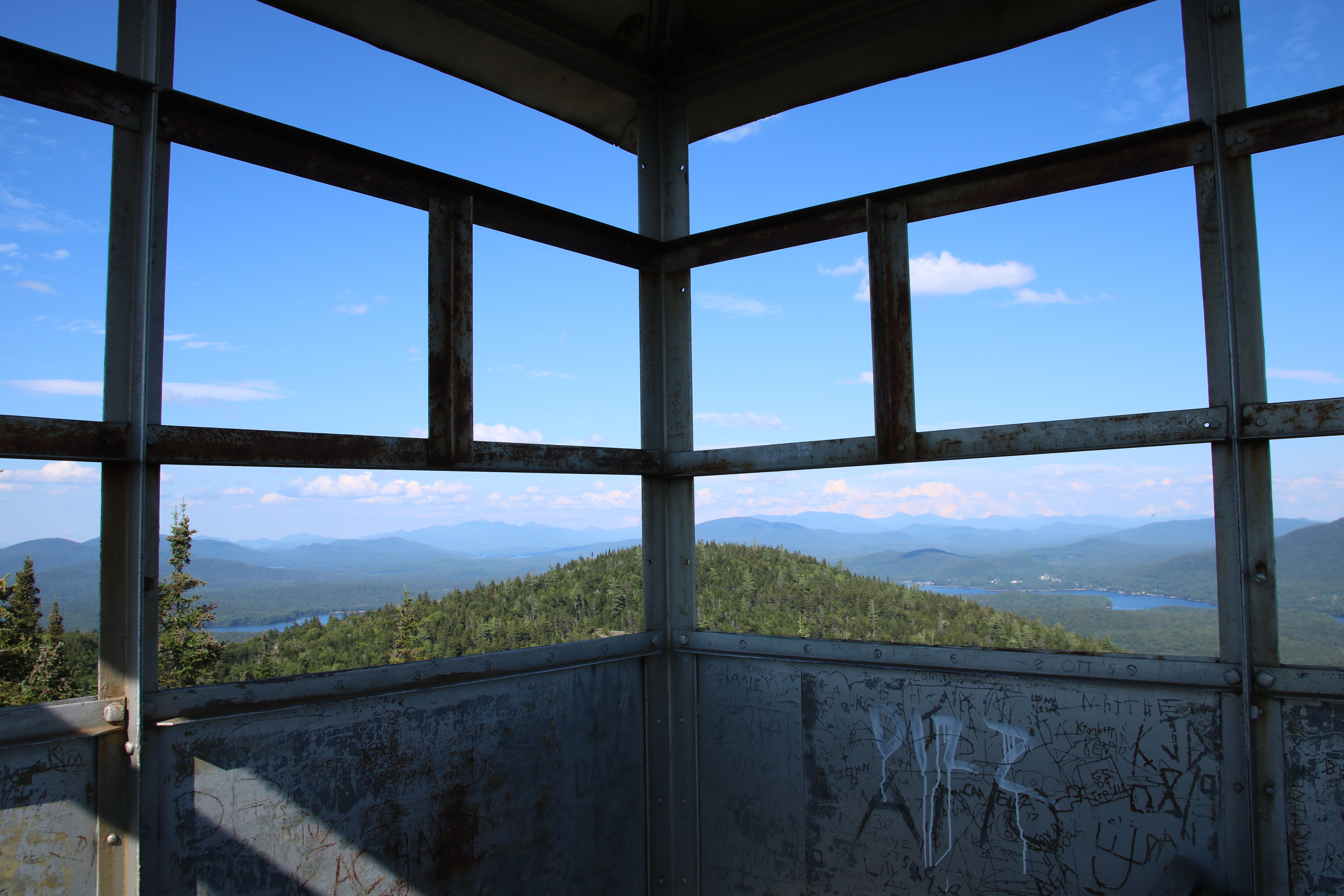
And four remain...
Owl’s Head Mountain was my first Adirondack Fire Tower Challenge peak and I’m eager to do another. The trail was beautiful and just the right length and difficulty for a nice weekday afternoon hike. Below I’ve outlined how I’ll probably end up completing the challenge — you can use it as an outline for completing the challenge yourself, just keep in mind there’s no right or wrong way to do it. As long as you are prepared for the hike (bring water, food, a headlamp with extra batteries, first aid kit, map, and extra layers) you can tackle these in whatever order works for you.
Check out this handy guide for more info, and have fun!
Blue Mountain: Blue is my choice for a second mountain because it’s easy to access and it ascends 1,574 feet in 2.1 miles.
Pillsbury Mountain: It’s only 1.6 miles to the top of Pillsbury, but there’s an imposing 1,469 feet in elevation gain, which means this entire trail is a steady climb with few breathers.
Wakely Mountain: The numbers for Wakely don’t look too bad —1,646 feet elevation gain over 2.8 miles — until one considers it ascends 1,150 feet in the last 1.2 miles. Translation: very steep!
Snowy Mountain: Snowy’s trail gains 2,132 feet in elevation during its 3.5 mile ascent, and from what I’ve read the last three-quarters of a mile are extremely steep. While it’s hard to say if those stats make it the most difficult peak in the challenge, the combination of a long trail with a lot of vertical gain means I'm inclined to save this mountain for the grand finale.
Not into fire towers? That's OK, there are a lot of hikes to choose from in the Adirondacks! And don't miss the chance to paddle while you're here.





